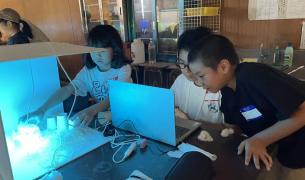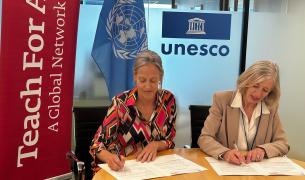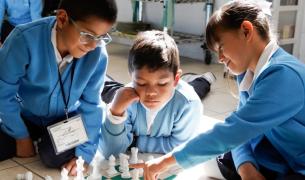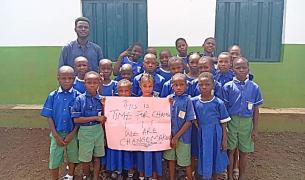Through Performing, Students Raise Their Voices for Their Community
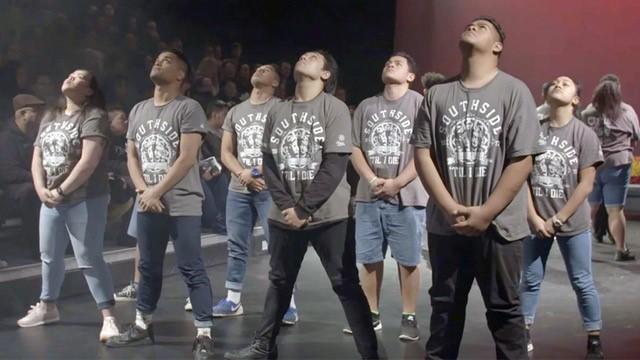
For four months of their last year of high school, 60 students from south Auckland, New Zealand, opted to spend the little free time they had between school, work, and family responsibilities doing something they’d never done before: developing and performing in a musical based on their own lives. South Auckland, or Southside, is home to a large Pasifika community and the subject of long-held negative stereotypes. Produced by the Black Friars Theatre Company in collaboration with its teenaged performers, Southside Rise was created to counter the prevalent perceptions of Southside without shying away from the harsh realities many of its young residents face, from providing and caring for their families to homelessness.
Michelle Johansson, the founder and Creative Director of the Black Friars and an Associate Director of Programme at Teach First NZ: Ako Mātātupu, is driven by the need for more of what she calls “polycultural leaders”* in South Auckland and an increased understanding of the Pasifika community’s many strengths. The Black Friars began developing Southside Rise by listening to the stories of local high schools students through a series of talanoa, a Pasifika tradition in which the act of storytelling is as important as the stories themselves. The talanoa were followed by additional workshops with students from nearly a dozen schools, including several Teach First NZ partner schools.
Michelle, Denyce Su'a—a Black Friars member who is also a Teach First NZ Fellow—a third co-writer, and a music director, wove the students’ stories and experiences into the script for Southside Rise. In collaboration with the other Black Friars and the students, they incorporated singing, dancing, music, and spoken word—all heritage literacies in Pasifika culture—into the production. The show also included a healthy dose of humor, which underscored both the characters’ and the performers’ capacity to thrive despite (or perhaps because of) their challenging circumstances.
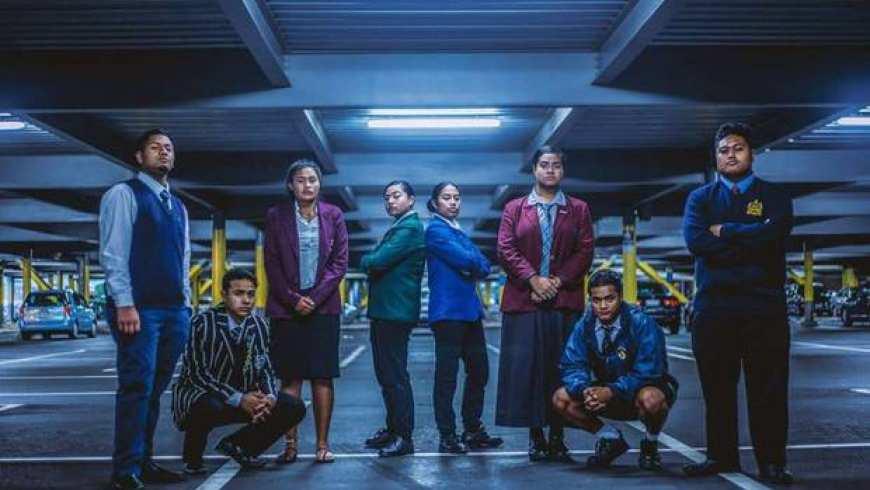
For its young performers, Southside Rise offered a way to use their own stories and experiences to break down stereotypes associated with their community. “It made me more proud to be where I am from,” explained 17-year-old Jasmine. “I already loved being from Southside, but doing the show just made me love it even more.”
The hard work of rehearsing and performing in front of sold-out crowds had a powerful effect on the students’ belief in their own talent and abilities. “In our schools we tend to laugh at people when they start to act. We try to make them laugh when they’re actually trying to be serious,” shared Nate, also 17. “But this production has given me more confidence, and I feel I can act in front of everyone.”
“So many people came up to us after the show and told us how much they enjoyed it and that we are actually good at performing our own stories,” added Puni. “So it gave us the sense that this is something that we can actually do and make a living.”
Michelle, Denyce, and their Black Friars colleagues have remained mentors to the performers since the final production of Southside Rise in July. Their hope is that participating in the project will continue to inspire the students to hold high expectations of themselves and pursue their dreams. Many of the students plan to go on to university, with aspirations to study drama, and maybe even join the Black Friars someday. In the meantime, their Southside Rise experience won’t be soon forgotten.
“It was probably the height of my life,” shared Levi. “It was the most awesome thing, probably the most memorable thing that I’ve ever come across.” His 59 fellow castmates would most certainly agree.
Watch highlights from Southside Rise and learn more about the process of developing the project.
Learn more about Teach First NZ: Ako Mātātupu.
* The term “polycultural” is used by Dr Karlo Mila-Schaaf to refer to cultural capital where the term “polycultural capital…is coined to describe a theoretical construct which describes the potential advantage Pacific second generation (New Zealand born) may experience from on-going exposure to culturally distinctive social spaces” (Mila-Schaaf, 2010)
